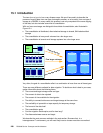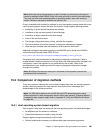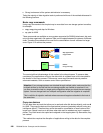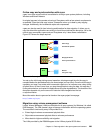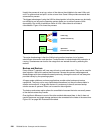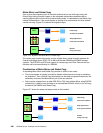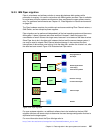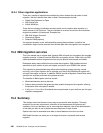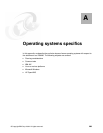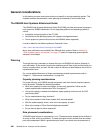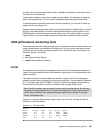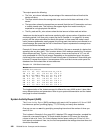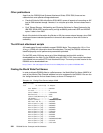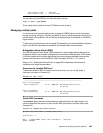298 DS6000 Series: Concepts and Architecture
15.2.4 Other migration applications
There are a number of applications available from other vendors that can assist in data
migration. We don’t discuss them here in detail. Some examples include:
Softek Data Replicator for Open
NSI Double-Take
XoSoft WANSync
There also are storage virtualization products which can be used for data migration in a
similar manner to the Piper tool. They are installed on a server which forms a virtualization
engine that resides in the data path. Examples are:
IBM SAN Volume Controller
Falconstore IPStore
Datacore SANSymphony
An important question to ask, before deciding among these methods, is whether the
virtualization engine can be removed from the data path after the migration has completed.
15.3 IBM migration services
This is the easiest way to migrate data, because IBM will assist you throughout the complete
migration process. In several countries IBM offers a migration service. Check with your IBM
sales representative about migration services for your specific environment and needs.
Businesses today require efficient and accurate data migration. IBM provides technical
specialists at your location to plan and migrate your data to your DS6000 disk system.
This migration is accomplished using either native operating system mirroring, remote
mirroring, or the Piper migration tool to replicate your data to the DS6000 disk system with
minimum interruption to service. In addition, IBM will provide a Migration Control Book which
specifies the activities performed during these services.
The benefits of IBM migration services include:
Minimized downtime and no data loss.
Superior data protection that preserves data updates throughout the migration, allowing
the process to be interrupted if needed.
A Migration Control Book that details the work performed, so your staff can use it for post
migration management.
15.4 Summary
This chapter shows that there are many ways to accomplish data migration. Thorough
analysis of the current environment, evaluation of the requirements and planning are
necessary. Once you decide on one or more migration methods, refer to the documentation
of the tools you want to use to define the exact sequence of steps to take.
Special care must be exercised when data is shared between more than one host.
IBM Global Services can assist you in all stages to ensure a successful and smooth
migration.



